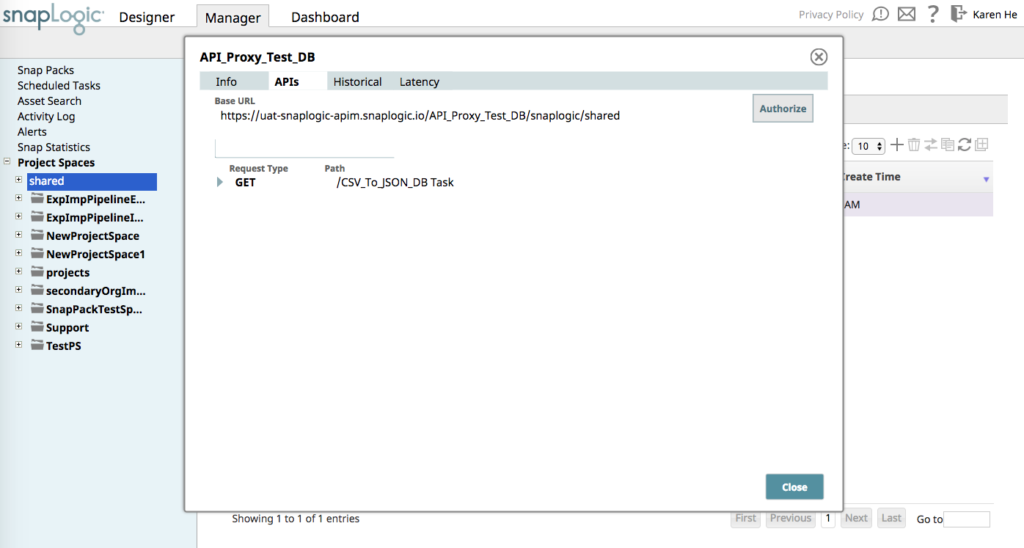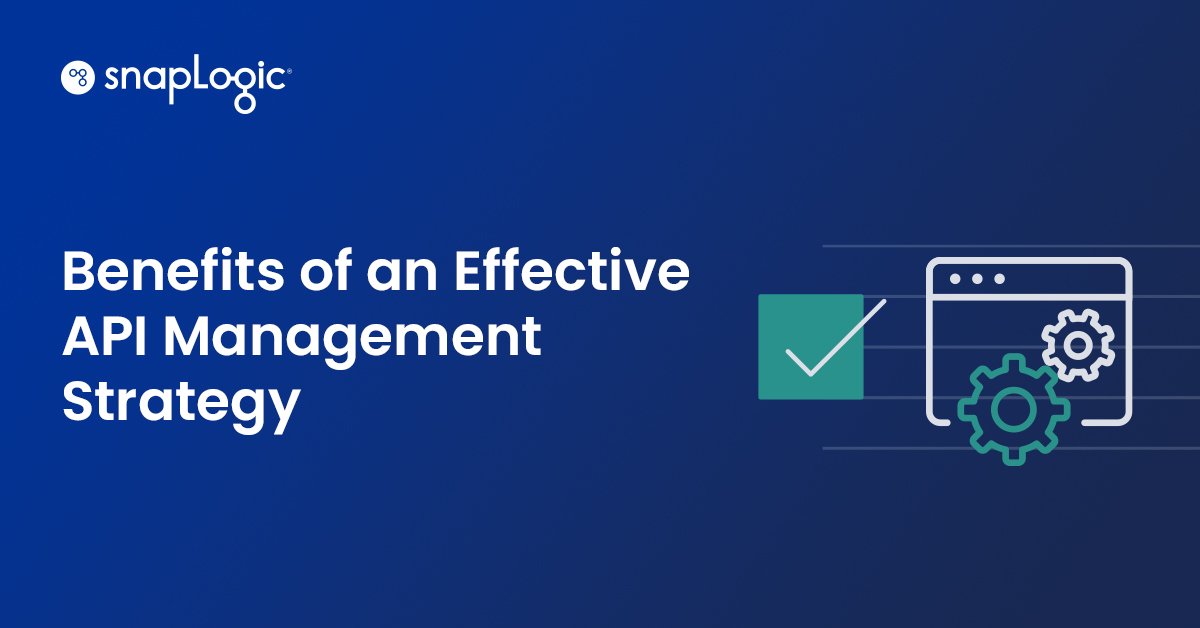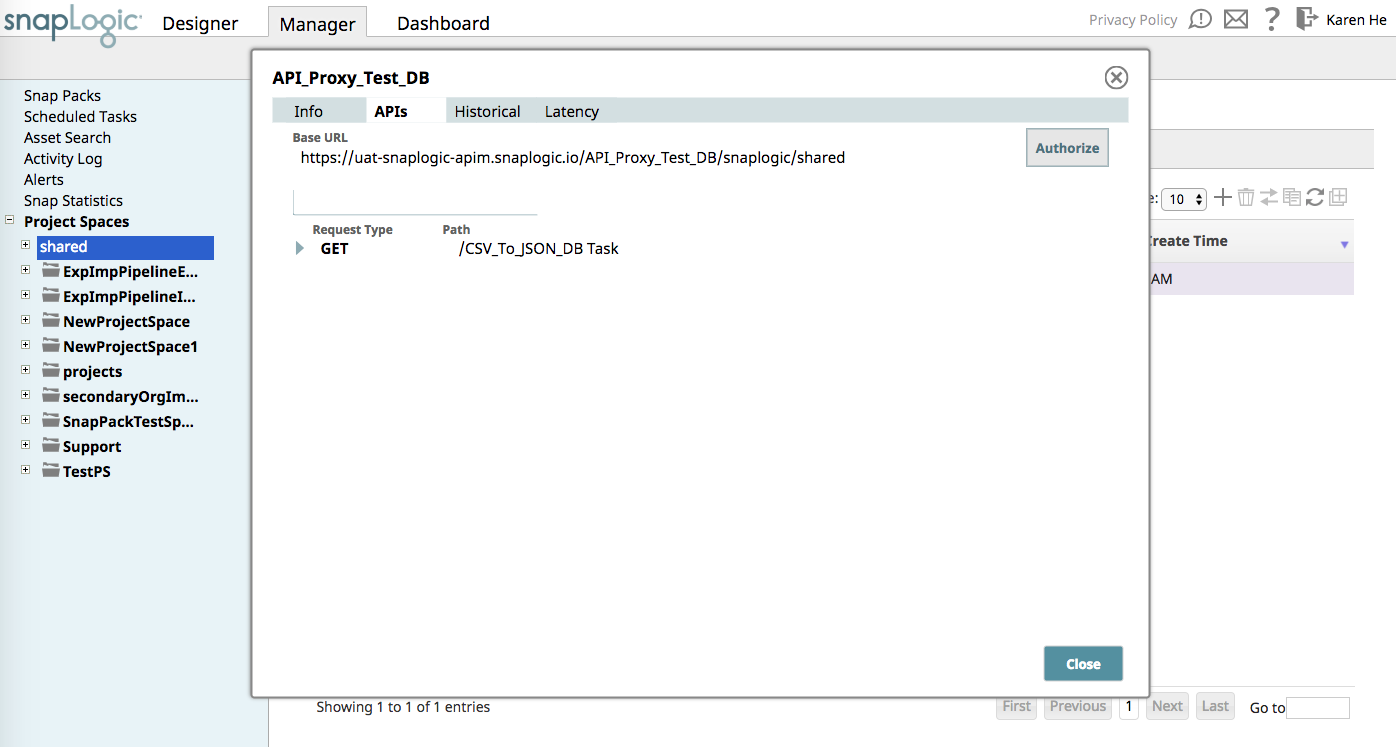Many organizations want to build a digital platform that their partners can leverage to create more value – value that, in turn, benefits customers. Take T-Mobile’s Tuesdays app, for example. As part of T-Mobile’s digital platform, the Tuesdays app allows partners like Taco Bell, Lyft, and Shell to access its API. When a T-Mobile user opens the app, they might see discounts, prizes, and other benefits from these partners (e.g., free tacos every Tuesday).
T-Mobile increases customer engagement as a result of letting partners integrate with the Tuesdays app. And partners benefit from tapping into an additional source of net-new prospects and, hopefully, turning them into loyal customers. It’s a win-win situation for everyone, isn’t it?
APIs make these digital platforms possible and play an integral part in how organizations, like T-Mobile, rapidly and seamlessly connect with partners, suppliers, and customers. APIs allow organizations to share data internally across departments and open up their proprietary data and services to external parties. Additionally, APIs can boost revenue opportunities, spur product/service innovations, and maintain seamless business processes.
To successfully build and scale a digital platform, you need to have an API strategy in place. An API strategy will help you visualize how to effectively and efficiently leverage the APIs your organization already has in place. It also will help you define which APIs to make available to internal and external stakeholders. In my previous blog post, I shared how you can plan and run an API strategy in five broad steps.
Why maintain your organization’s APIs?
Once you have an API strategy in place, you need to maintain your APIs to continue running your API programs at scale. You will need an API gateway layer where you can securely publish or make APIs available to API consumers like your internal users, partners, and/or customers. You will also need a developer portal where consumers can find documentation and resources they need to use selected APIs.
As your platform grows over time with updates and enhancements, you will also need to keep your APIs up-to-date. What you don’t want is for your partners to find out they are using the wrong API version when building their products or connecting their backend systems with yours. You also don’t want customers to have a poor experience with your platform. Having the flexibility to maintain API versions is key. Finally, you want to measure API usage to learn which APIs are used the most and how often they are used, so you can prioritize key APIs to create and/or enhance.
This is where an API management solution comes in.
A unified platform for a connected digital ecosystem
The SnapLogic Intelligent Integration Platform (IIP) is a unified platform that meets your API and integration needs. As a leader in the integration platform as a service (iPaaS) market, SnapLogic lets you effortlessly create APIs via SnapLogic pipelines and workflows with a low/no-code approach. With SnapLogic API Management, you can maintain APIs and give API access to others. Instead of duplicating efforts of creating APIs that already exist, your organization and other API consumers can securely use APIs to connect to your digital ecosystem and build new products and services on top of your digital platform.

Jump-start your API strategy and build your digital platform with SnapLogic API Management. You can easily maintain your APIs and give API access to teams and partners while increasing customer satisfaction.
Ready to learn more about SnapLogic API Management? Sign up for our webinar on February 20opens in new tab.










